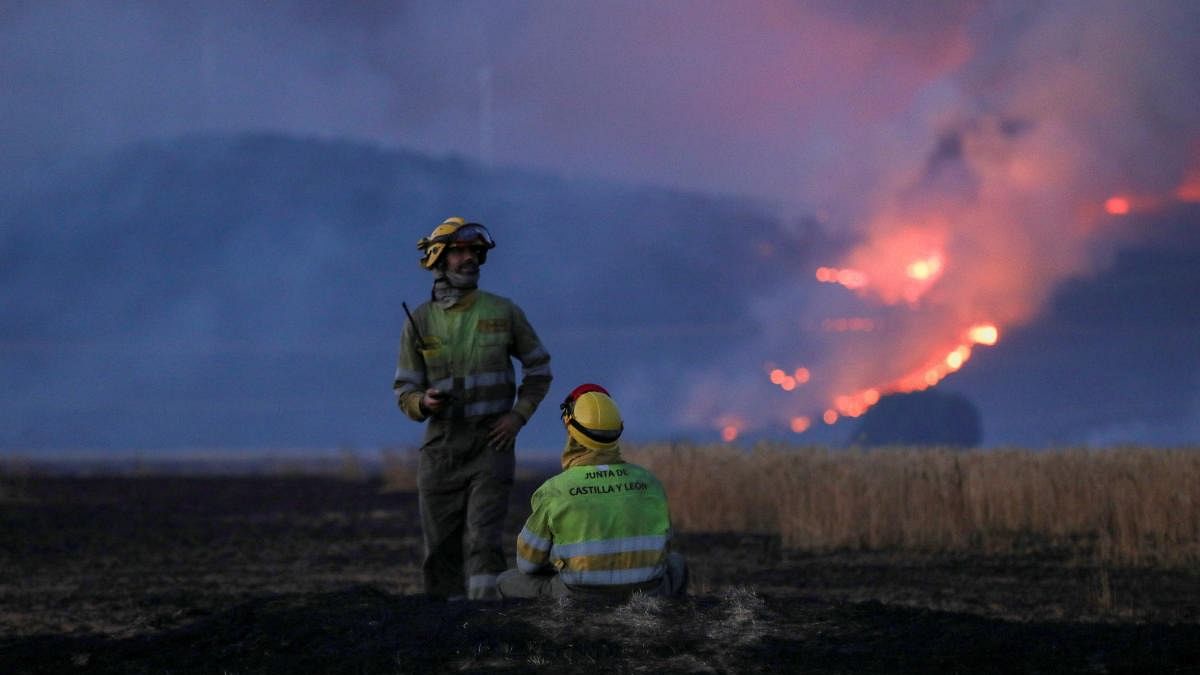
Europe is in the grip of an unprecedented heat wave that is causing wildfires, disrupting lives, posing threats to public health and challenging established ways of life. France and Greece are battling fires that have destroyed much land and caused evacuation of thousands of people. Thousands of fire-fighters are putting out blazes in other countries also across the continent. It is not just the fires that have to be fought. Temperatures have risen all over Europe and in many other parts of the northern hemisphere. They have gone beyond records in the US. Alerts have been issued in some Chinese cities. In England, schools are being closed and advisories have been issued to people to avoid frequent travel. Temperatures soaring above 40°C have damaged airport runways, melted roads, and led to shutdown of some train tracks. Trains are sometimes running at low speeds as it is feared that rail lines would expand and buckle. It has been officially stated that Britain’s road and rail infrastructure “is just not built for this temperature”. The situation is not very different in other counties that traditionally have cold climate.
There are local factors that have caused the weather change but at the root of it all is climate change. Global warming has magnified the impact of hot winds from North Africa and the air from a warming Arctic. Together, they have made the continental summer hotter than ever. There are other problems also. As gas supplies from Russia have dwindled since Putin’s invasion of Ukraine began, some countries have plans to fall back on coal. That can only aggravate the crisis in the medium and long terms. It will go against the promises made at the Paris conference to reduce greenhouse gas emissions.
But the situation may also lead to better realisation of the danger posed by climate change. It affects people in different parts of the world differently. The effect is temperature change in some regions, extreme events like cyclones and excessive rains at other places, rise of sea levels and droughts and wildfires elsewhere. Combinations of these can also happen. Humans and other living beings are used to certain weather patterns and the cycles of seasons. When they change, that upsets lives, lifestyles and ways of living. The infrastructure in many places, like houses and transport and communications facilities, are built in accordance with the climate of the region. Changing them in the short term to adapt to the new needs will not be easy. Unfortunately, even when there is visible and irrefutable evidence of the change in global climate and its impact, the world’s response is slow and ineffective.